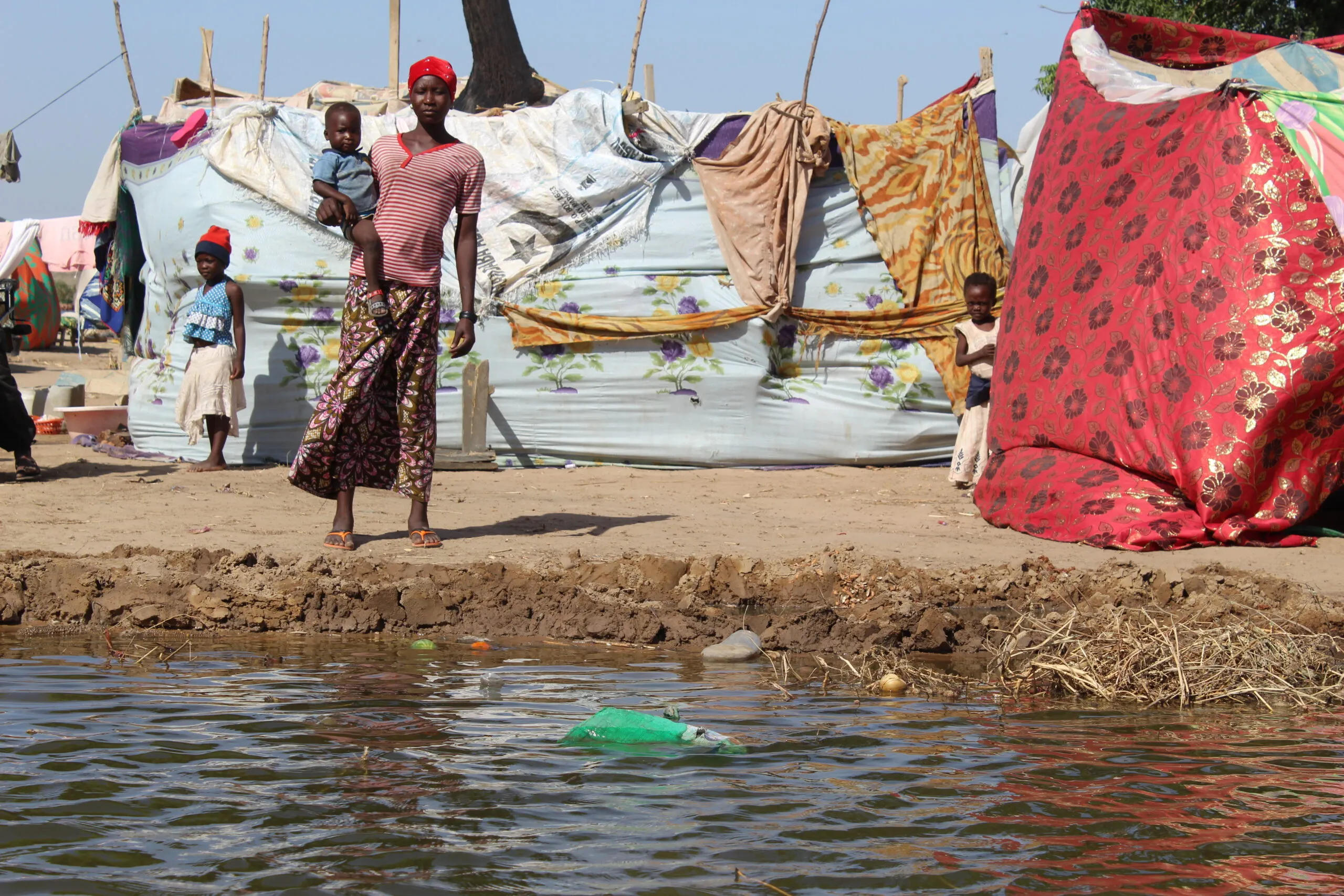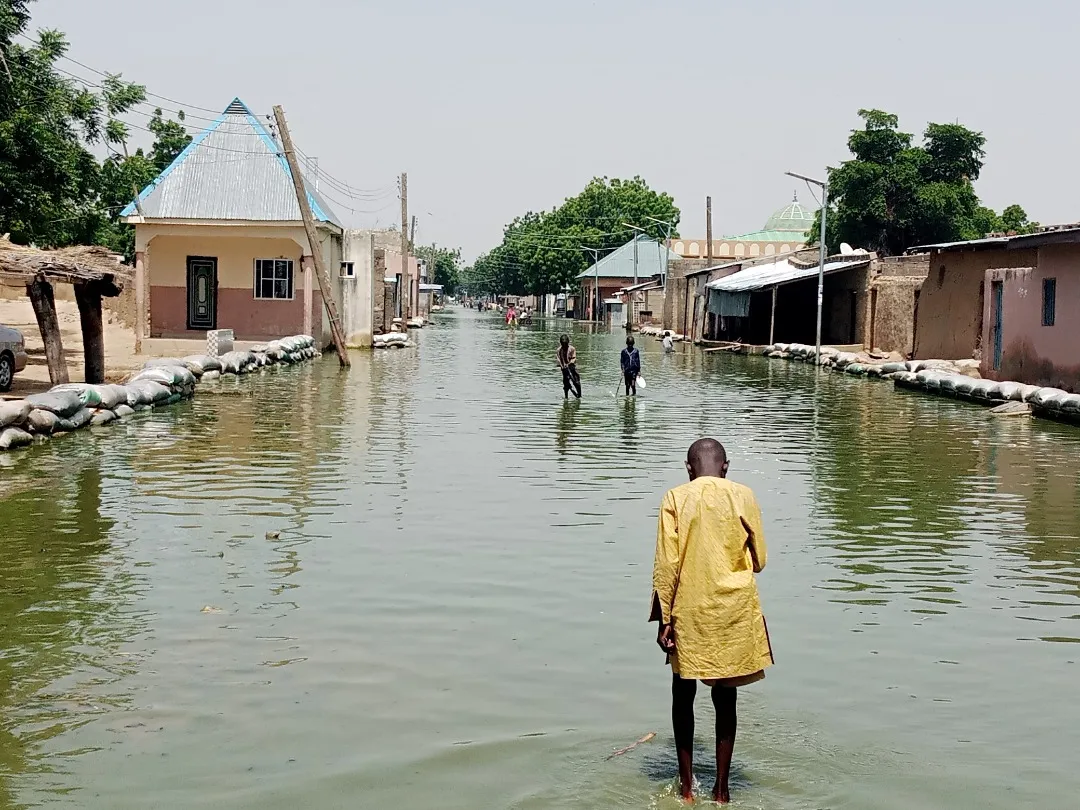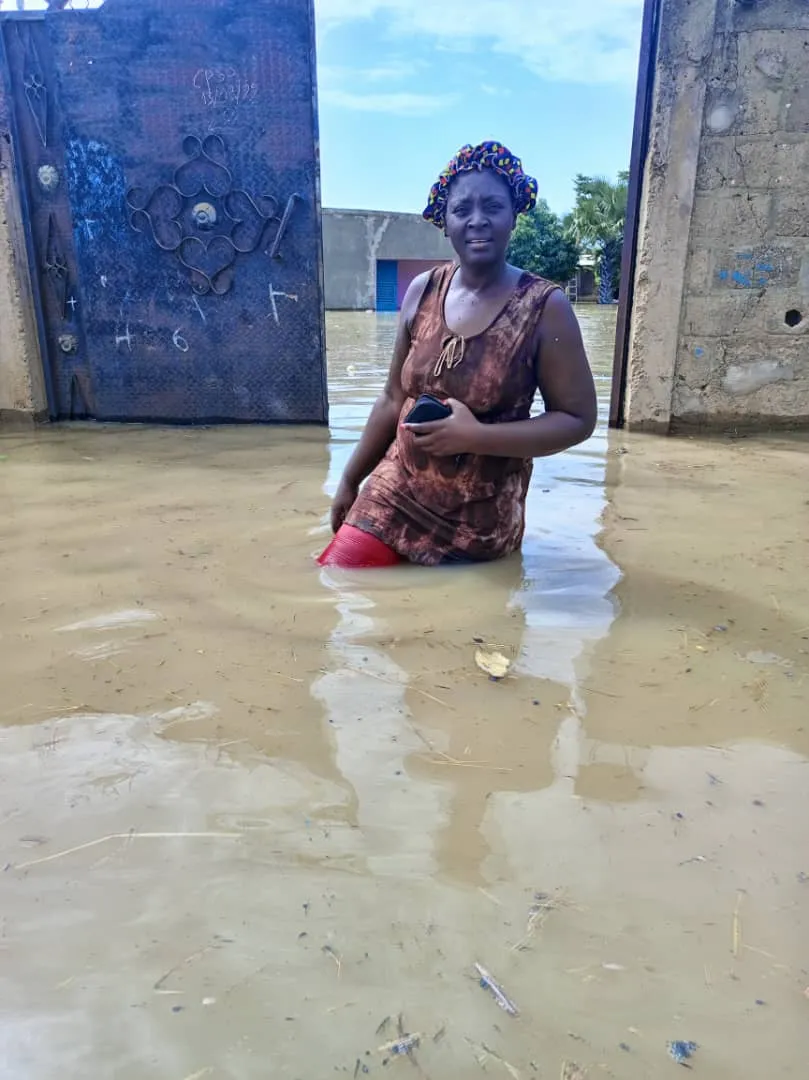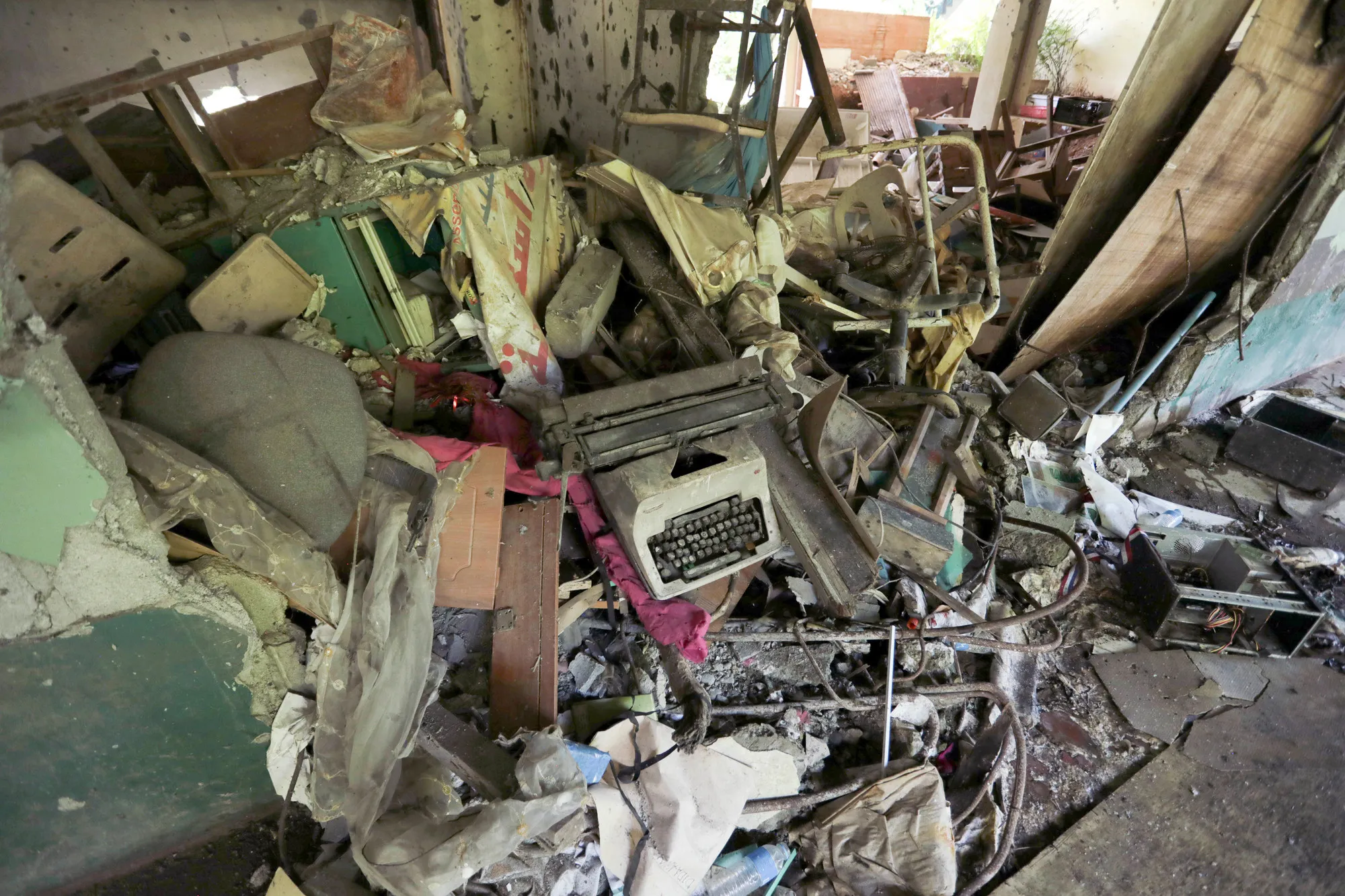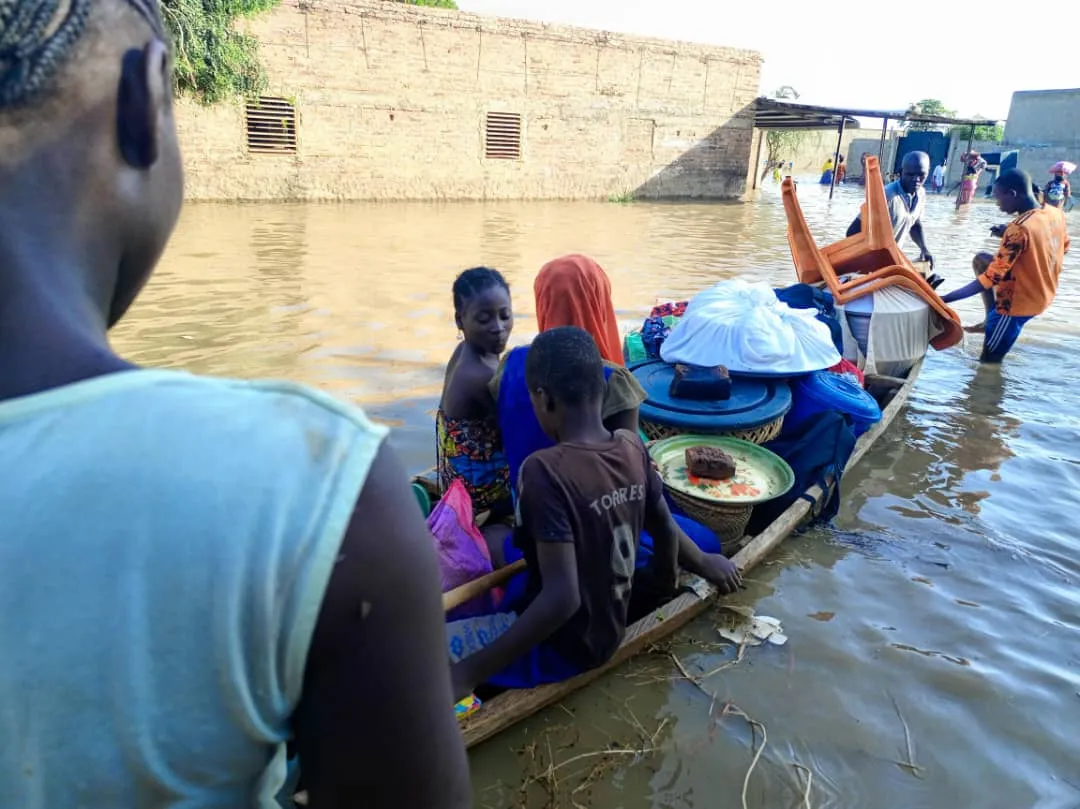The 2022 conference, known as COP27, officially begins next week in Sharm El-Sheikh, Egypt, and climate experts are warning the leaders there that if they don’t take urgent action, we may pass the point of no return.
CARE staff around the world have seen first-hand that the communities contributing the least to the root causes of the crisis continue to bear the brunt of its impacts.
In Somalia, which has contributed less than 1% of historic global greenhouse gas emissions, unprecedented drought has displaced more than 1 million people in search of food and water, while in Pakistan, which has contributed roughly .03% of global emissions since 1750, floods have left wide swaths of the country under water and more than 1700 people dead.
Many of the leaders of G20 countries and corporations responsible for the majority of the historic emissions causing this crisis will be in Egypt next week. CARE is also sending a delegation to demand the people in positions of power take responsibility for their role in the crisis by, in part, supporting the vulnerable communities suffering the daily reality of the crisis right now – countries like Nigeria, Mali, Chad, and the Philippines.

